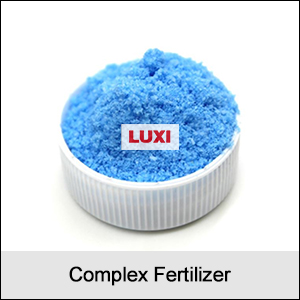Detail
1. Key Features of Tower Fertilizers:
Production Process:
Raw materials (e.g., ammonium nitrate, urea, phosphoric acid, or potassium chloride) are melted and mixed.
The molten mixture is sprayed from the top of a tall tower using nozzles.
Droplets solidify into uniform granules as they fall and cool, forming spherical or near-spherical granules.
Uniform Granule Size:
The process ensures consistent particle size, which improves the even distribution of nutrients in the field.
Dust-Free Granules:
The smooth surface and uniform shape minimize dust, improving handling and reducing losses during storage and application.
High Nutrient Content:
Tower fertilizers can be tailored to contain various combinations of essential nutrients, including NPK, secondary, and micronutrients.
2. Advantages of Tower Fertilizers:
Superior Quality: Granules are hard, uniform, and free-flowing, ensuring easier storage and application.
Reduced Environmental Impact: The process minimizes waste and reduces dust emissions.
Improved Efficiency: Spherical granules allow for better nutrient distribution in the soil.
Customizable Formulations: Nutrient ratios can be adjusted to meet specific crop or soil requirements.
3. Applications:
Tower fertilizers are commonly used in modern agriculture for:
Field crops (e.g., rice, wheat, maize).
Horticultural crops (e.g., fruits, vegetables).
Plantation crops (e.g., tea, coffee, sugarcane).
4. Examples of Tower Fertilizers:
NPK formulations such as 20-20-0, 18-46-0, or 15-15-15, customized for regional agricultural needs.
Enhanced formulations with secondary or micronutrients like sulfur (S), zinc (Zn), or boron (B).



